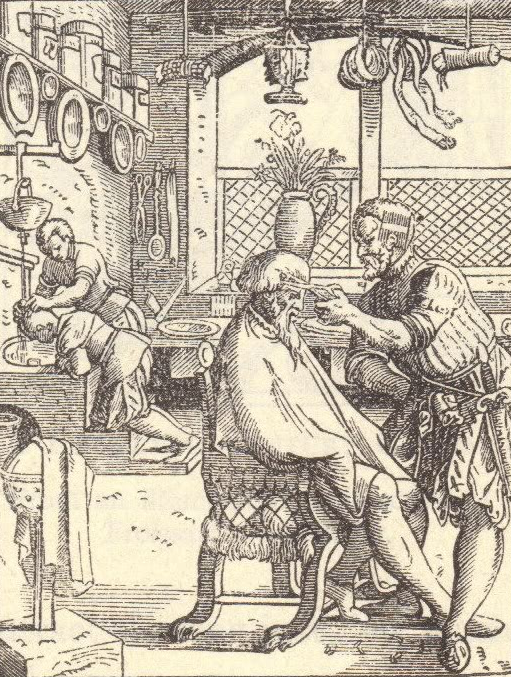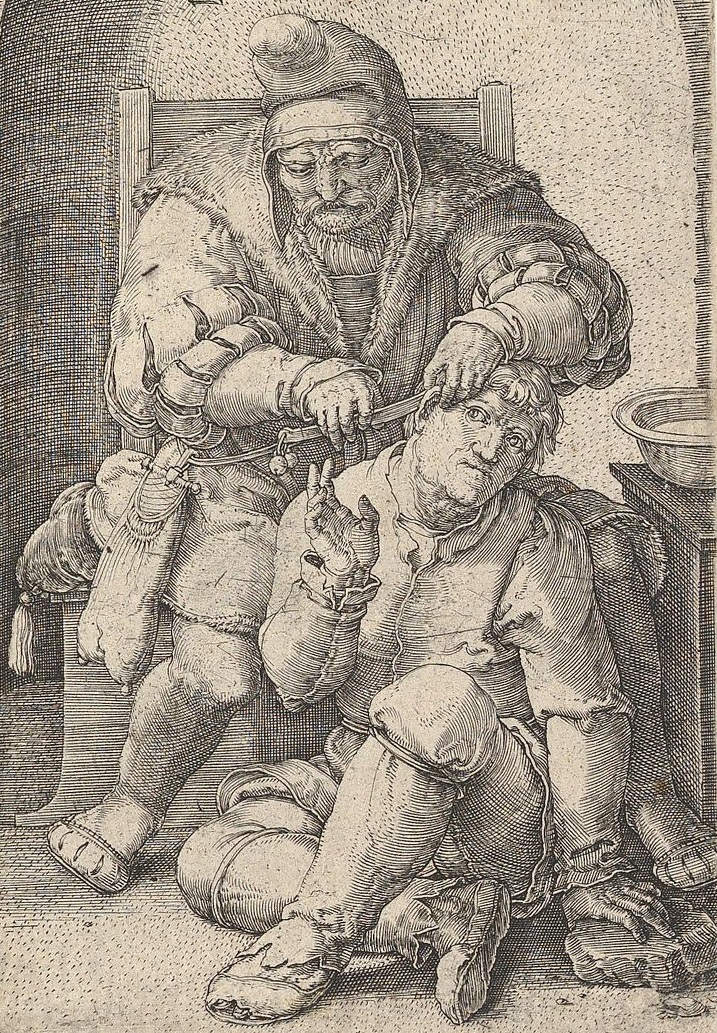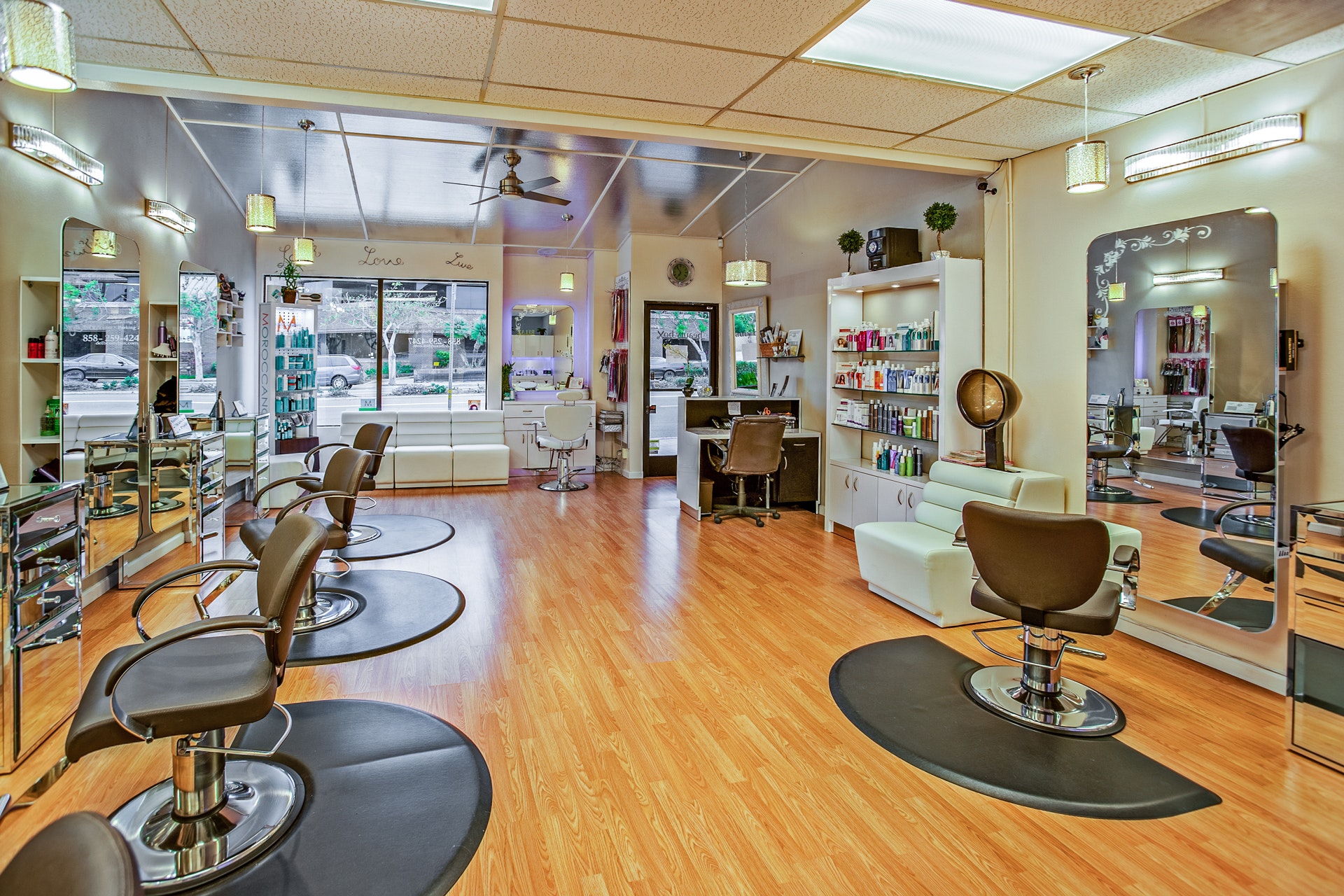Story of the Pony tail.
On the path from ancient to modern time
Follow a quick hair-story lesson.
Before the 17th Century
Not knowing the the past, it could appear the semi-bald, semi-ponytail look was inspired by a heavy-metal music fan unable to cope with the ageing process. However pre-17th century in Asia, the male Manchu people of Northeast China let hair on the top of their heads grow long (and sometimes braided it), while the front was shaved. A sort of punk-style put in reverse gear, if you will.
Also known as 'queue' - the French word for 'tail' - this was a traditional hairstyle and often associated with the Manchu people, prior to their forming the Qing Dynasty, the last imperial Chinese Dynasty that ruled from 1644 to 1912.
Yet, the ponytail can be traced even further back to Ancient Greece - appearing in frescoes painted thousands of years ago in Crete, set high on the backs of heads of women. This is described in the Encyclopedia of Hair.
Originally the style was a symbol of submission. Not complying could lead to severe punishment. Manchu people forced the style on Han Chinese men (who along with Han Chinese women, traditionally wore their hair in buns or topknots), during the Manchu conquest of China in the early 17th century.
In the 18th century, it was the mandatory, masculine style for European soldiers and membership symbol of the cultural 'establishment'. French soldiers wore their hair in a queue (no longer than eight inches long), while British soldiers and sailors wore their long hair pulled back into ponytails, not always braided, but often greased and/or powdered or tarred. The hair was tightly secured with ribbon or a strap.
At the start of 1800, the British Army was ordered to cut off its queues, when regulations changed and short hair was deemed smarter and required lower maintenance, although the Navy wore a version, known as a 'pigtail', until about 1820.
Hairstyle for ladies
At the start of the 20th century, the hair style was mainly used by the younger generation. It was considered practical, informal and used by those not bound by traditions. Something for young girls, rather than women.
In the movies of the 1960s, the hair style became a symbol of youth in the pop culture. The ponytail was reinvented into a style that the daring and independant girls wore such as leading movie models like Brigitte Bardot.
Symbol of female empowerment
Madonna's 1990 "Blonde Ambition tour" presented her with a sporting clip-on platinum plaited pony that became as legendary as the conical bra she wore it with. She helped making the ponytail synonymous with female empowerment (as well as other style choices).
Practical and feminine
The recent years the pulled-back pony hair style has become a feminist symbol of 'I'm busy working, and I'm feminine in a practical way'. It's a look that's been popularised by the likes of Beyonce, J-Lo and the Kardashians.





 A lot happened around First and Second World War.
During the first war, women around the world started moving to shorter and more practical hairstyles. By the 1920s women began to
use shingle, bob and crop the hair, covering it with small head-hugging cloche hats. They also started using
heated scissor irons to create wave structures. Coloring hair became popular and durable permanent waving became a new fashion.
This was an expensive, time-demanding and unpleasant process, in which hair was put in curlers and inserted into
a dry heat or steam operated machine. In the 1930s women began to wear hair somewhat longer, in pageboys, bobs or waves and curls.
A lot happened around First and Second World War.
During the first war, women around the world started moving to shorter and more practical hairstyles. By the 1920s women began to
use shingle, bob and crop the hair, covering it with small head-hugging cloche hats. They also started using
heated scissor irons to create wave structures. Coloring hair became popular and durable permanent waving became a new fashion.
This was an expensive, time-demanding and unpleasant process, in which hair was put in curlers and inserted into
a dry heat or steam operated machine. In the 1930s women began to wear hair somewhat longer, in pageboys, bobs or waves and curls.
